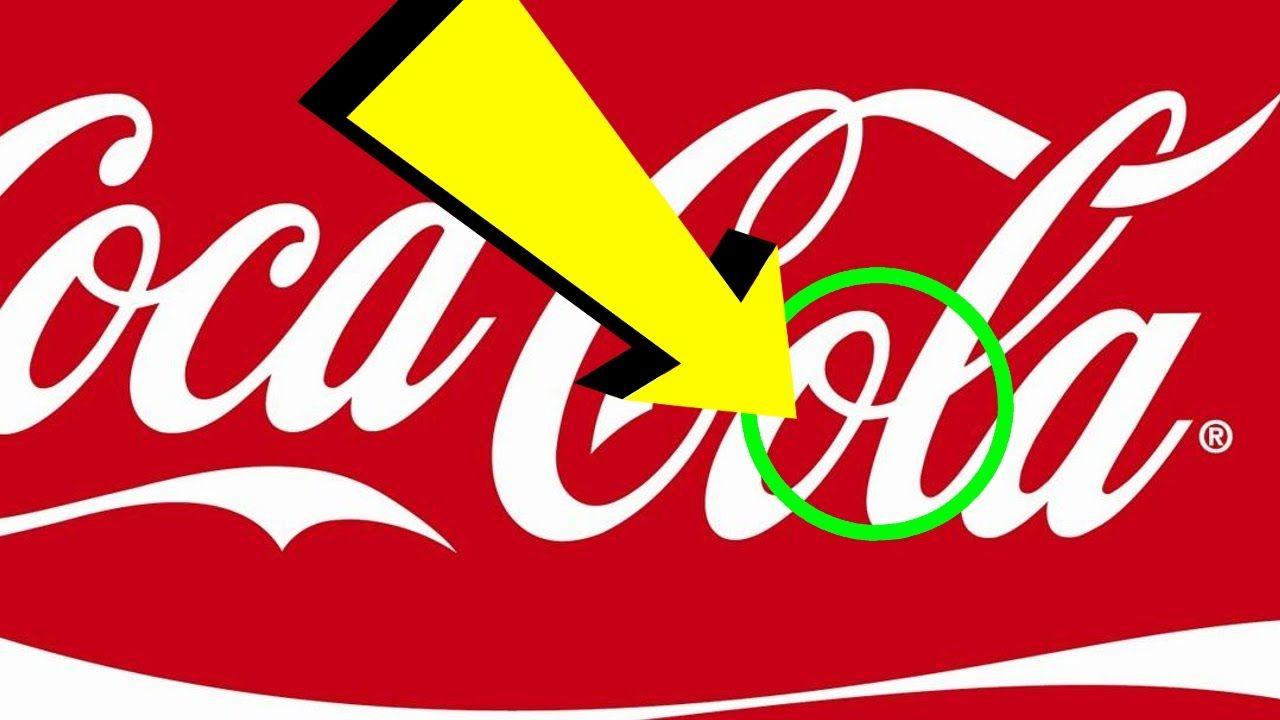
''Ramadan musalsalat in their current form began in the 90s, as the Egyptian TV industry boomed and producers recognised the opportunity in the holy month.

It was as much entertainment as it was oral history, creating and reinforcing the stories people believe about themselves and their society. Before television or cinema, these would be the individuals regaling audiences in coffeeshops or private homes with tales of legend and myth. It is said that the modern day musalsalat derives its origins from ‘hakawatis’, storytellers who were part of the fabric of social life across Arab-speaking cultures.

The members of the family would arrange themselves in front of the television in the salon, each in their usual spot and cradling a glass of red tea, ready for the evening musalsalat. I was eight years old mildly worried about the Y2K bug and fasting every second or third day with my extended maternal family in Khartoum.Įvery evening, after we had stuffed our faces with cumin-laden foul and freshly fried tahmiya and bamiya and mulaah and kisra and Aaseeda, after the men had gone to the mosque next door and the women peeled off in pairs to pray in a nearby bedroom, after our religious and gastronomic appetites had been sated, it was finally time. The first Ramadan series, or ‘musalsalat’ in Arabic, I remember watching was ‘Umm Kalthum’, released in December 1999.


 0 kommentar(er)
0 kommentar(er)
